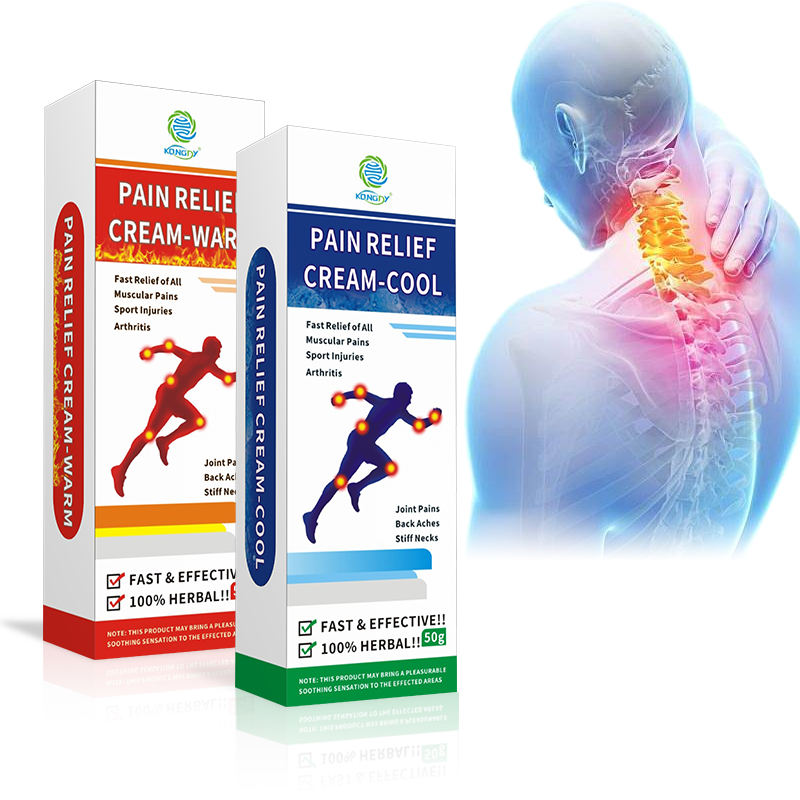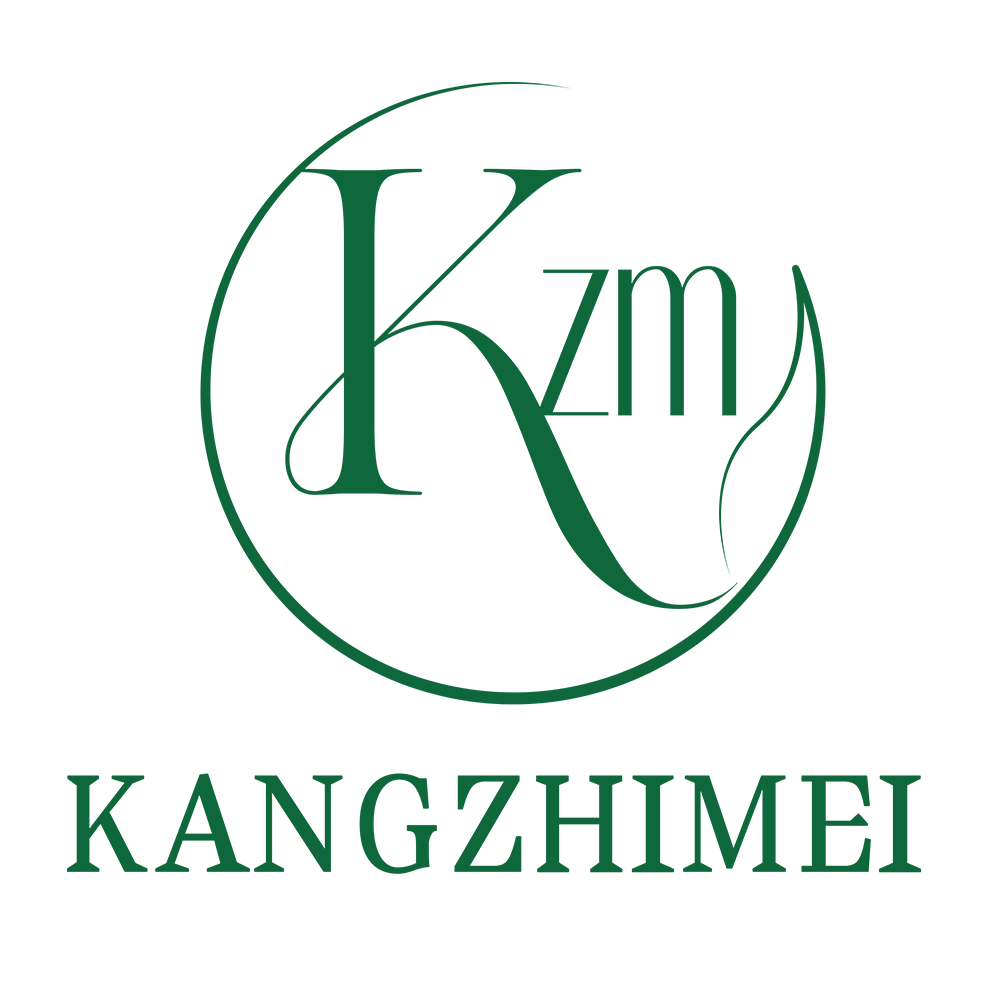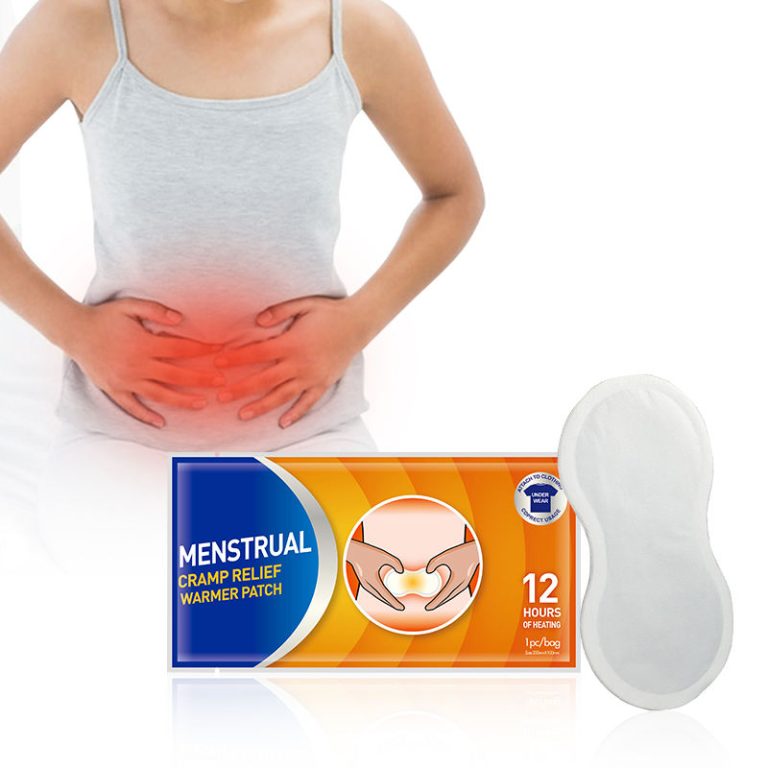Pain relief cream production has transformed dramatically in recent decades, with specialized factories implementing cutting-edge technologies to meet growing global demand. These manufacturing facilities combine pharmaceutical expertise with efficient production methods to create effective topical analgesics.
Modern pain relief cream suppliers invest heavily in research and development, collaborating with medical professionals to formulate products targeting specific conditions like arthritis, muscle strains, and neuropathic pain. The most reputable manufacturers maintain strict quality control protocols that exceed regulatory requirements, ensuring consistent potency and safety across production batches.
Leading factories typically feature cleanroom environments where temperature, humidity, and air quality are precisely controlled. Automated mixing and filling equipment minimize human contact with ingredients, reducing contamination risks while increasing production capacity. Many facilities have adopted sustainable practices, including water recycling systems and energy-efficient equipment.

The ingredient sourcing process has also evolved, with premium suppliers establishing direct relationships with raw material producers. This vertical integration allows manufacturers to verify the quality of active ingredients like menthol, camphor, and various botanical extracts before incorporation into formulations.
Contract manufacturing has emerged as a significant sector within the industry, allowing brands to develop proprietary formulations without investing in production infrastructure. These specialized suppliers offer comprehensive services from formulation development through packaging and distribution.
As consumer preferences shift toward natural and organic products, many factories have developed dedicated production lines for plant-based pain relief creams that avoid synthetic compounds. This market diversification enables suppliers to serve multiple market segments while maintaining economies of scale.






